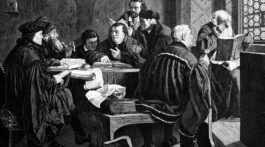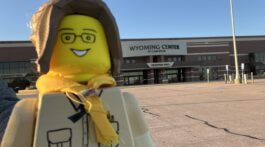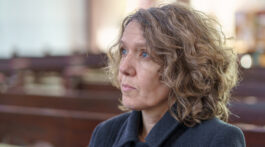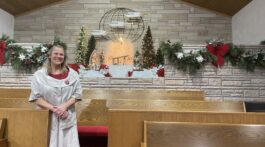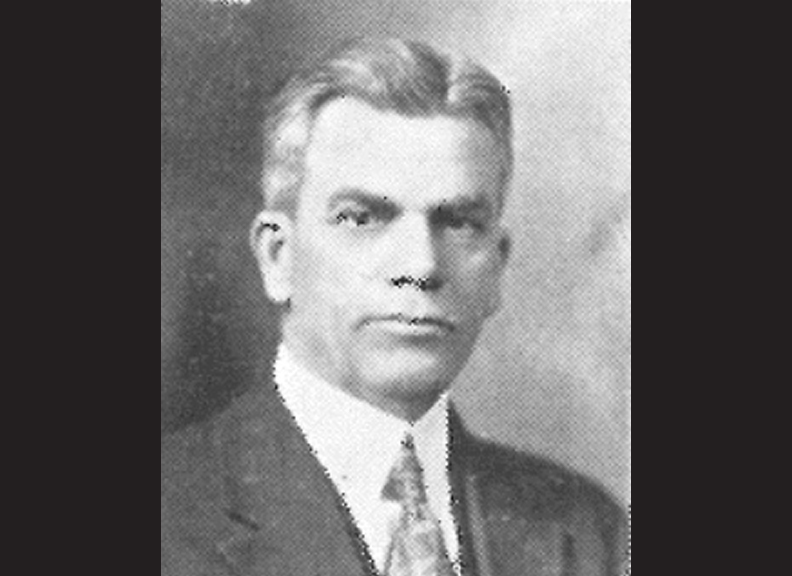This article is the third in a series of five articles on the history of OUTLOOK. To see the other articles in this series, click here.
Elder J. L. McElhany sat down to read the telegram he received while his audience waited. It was 2:30 in the afternoon on Feb. 3, 1932. McElhany and leaders of the Northern and Central union conferences were meeting at the Rome Hotel in Omaha, Nebraska. McElhany read,
“Macon Georgia
February 3, 1932
J. L. McElhany
Rome Hotel
Omaha Nebraska
‘Unanimous vote to unite taken at eleven. Perfect harmony reigns.’
(Signed) O. Montgomery”1
With this telegram, the Northern and Central Union conferences were officially merged into one union.
At 10:30 that morning, McElhany had made a statement to the delegates from the Northern and Central union conferences arguing to merge the two unions. McElhany, who was at the time president of the North American Division, was sent to convince the delegates it would be beneficial to merge.
“The union conference organization is a division by the General Conference of its own territory into working groups, called union conferences,” explained McElhany. “No union conference ever organized itself … At this last Autumn Council there crystallized what has been a growing conviction for a number of years that the hour had come when something ought to be done to bring about some changes in the number of organizations we have effected. This is not a new question and isn’t something that developed spontaneously last October and found shape in the Autumn Council actions.” After a lengthy history of the origin of unions and a lesson on their purpose, McElhany told the audience, “This is not a recommendation that the Central Union Conference annex the Northern Union. It is not a recommendation that the Northern Union annex the Central Union. But it is a recommendation from the General Conference that a new union be created out of the territories of the two.”2
A vote was taken by the delegates after McElhany’s presentation to agree to the General Conference recommendation. This vote succeeded, and the meeting was adjourned so the new union could begin organization and receive official recognition from the General Conference. At 2:30 that afternoon, the General Conference gave their official recognition with the telegram from O. Montgomery, vice president of the General Conference.
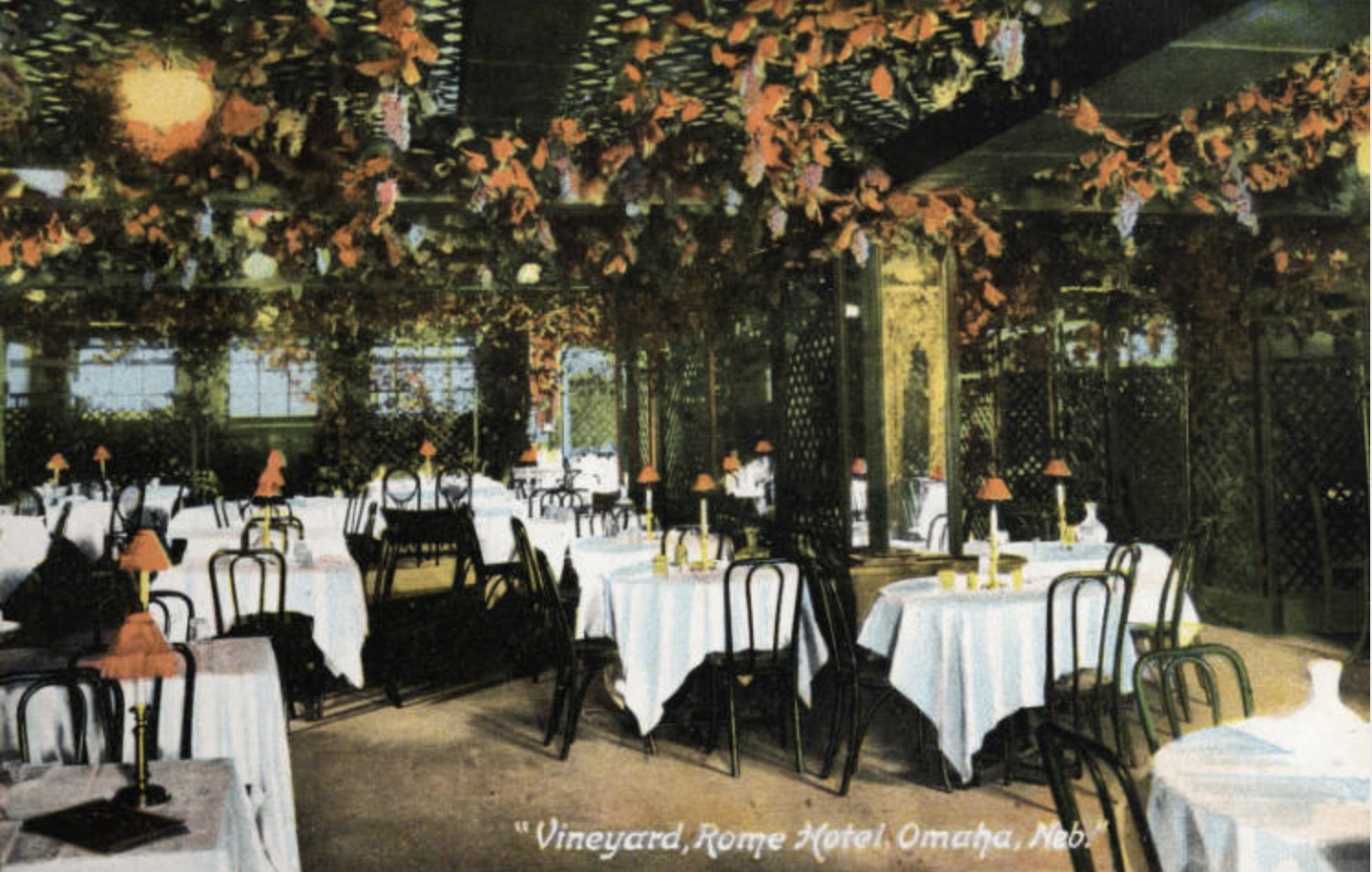
This postcard shows the interior of the Rome Hotel, where the vote was taken to merge the Central and Northern Unions in 1932 (photo credit: memories.ne.gov).
Union College pioneer called to be editor
D. D. Rees was called upon to be editor of the new union’s paper. Rees was an experienced editor, as he had been editor of the Central Union Outlook since Oct. 19, 1926. Rees had even been an English teacher at Union College in its earliest years. In an address to Union College students the same week as the vote in Omaha, Rees described an experience he had in one of the first school years.
A number of students were huddled around two heaters in the South Hall of the newly formed Union College. The cold rain had poured down for a week, and the buildings at Union College had no heat. The buildings weren’t finished, stacks of lumber were stored in the classrooms, and everyone was staying in the South Hall.
Rees and the other staff decided something must be done for the students to encourage them. One staff member could play the fiddle, so he decided to entertain the students with some songs. “He started a ‘cheer program’ by playing ‘Home Sweet Home,'” explained Rees. “Before he finished, all of the girls and many of the boys were crying. Recognizing his mistake, he began to play ‘Pop Goes the Weasel’ in as comic fashion as he could by playing with his bow under his knee, or with the violin behind him, or in some other awkward position. The tears were soon dried.”3
Rees told of this experience years later, when Union College was firmly established as a part of the Adventist educational system. But when Rees began teaching at Union College, he and the other faculty were relying on faith to carry them through the school year.
Rees taught English at Union College until 1905, even going on to author a book with fellow Union College pioneer Everett Dick about the beginnings of Union College (Union College: Fifty Years of Service). Rees was not only influential to Union College, though. Rees used his writing and editing skills in other areas as well.
Rees moved away to teach at other Adventist schools after teaching at Union College, but in 1919 he returned to College View, and in 1927 became manager and editor for Christian Record Services for the Blind, a service started by the church for visually impaired members. It was during his time working for Christian Record Services that the vote was taken to merge the Central and the Northern union conferences. After the merger was approved in Omaha in 1932, he was asked to be the editor of the new Central Union Reaper.
The solemn and important work of the Central Union Reaper
Several days after the initial vote, the committee returned to the Rome Hotel with their recommendations. “We Recommend, That the new union conference comprising the territory of the former Central Union Conference be known as either the Central or North Central Union Conference of Seventh-day Adventists, the decision between the two names to be made by vote of the delegates.”4 The name Central Union Conference was agreed upon, and the territories of Minnesota, Iowa, Missouri, North Dakota, South Dakota, Nebraska, Kansas, Wyoming, Colorado; the counties of Daggett, Uintah, Duchesne, Carbon, Emery, Grand, and San Juan, Utah; and the county of San Juan, New Mexico, were organized into the new union.
This merger of the two unions also meant a merger of the two union papers: Central Union Outlook and Northern Union Reaper. The delegates agreed to name the new union paper Central Union Reaper, a combination of the names of the two previous papers.
Rees debuted the Central Union Reaper March 8, 1932 and requested the help of all in the new union in reporting news and contributing articles. He promised that in creating the new paper, he and his staff would do their best “to make the Reaper attractive typographically, and clean and dignified in composition, as is becoming a sheet that represents and promotes a work as solemn and important as the third angel’s message.”5
Rees continued to head the Central Union Reaper, growing the paper to a circulation of 11,116 in 1937 when he finally decided to hand off the editorial responsibilities to the secretary-treasurer of the Central Union Conference, S. J. Lashier. Rees’s time was divided between editing the Central Union Reaper and managing Christian Record Services, but his true passion was helping the blind, so he decided to devote his time entirely to Christian Record Services.
On March 30, 1937 Rees wrote an article introducing the new editor and thanking the loyal readers. “During all these years, the work of editing the union paper has been a pleasant task to me, though it has required much of my time that could well have been devoted to our work for the blind … It is with deep regret that I must lay down the editorial work of the Central Union Reaper,” wrote Rees.6
Rees devoted the rest of his life to Christian Record Services, passing away in 1949 while still working as manager and editor for the organization. His 22 years as manager added stability and commitment to the organization, helping it grow and impact people in need of its services.
Strengthening through yet another reorganization
In spite of all the work put into organizing the new Central Union Conference and joining the two union papers, the merger only lasted five years. At the union conference session in February 1937, it was voted to reorganize the Northern Union Conference into a separate union. It was explained in the Central Union Reaper that “It was thought that by a division of the union the conferences and churches could be visited more frequently, and closer supervision could be had, which would help to build up and strengthen the work in all of the conferences concerned.”7
The name Central Union Reaper remained with Central Union’s paper, and the Northern Union started a new paper named Northern Union Outlook. A. R. Smouse took on editing responsibilities for the new Northern Union Outlook, which began printing June 22, 1937 from Nevada, Iowa.
Sources
- Minutes of the Second Meeting of the Eleventh Session of Union No. 5. Feb. 3, 1932. Mid-America Union Conference Archives.
- Minutes of the Joint Session of the Central Union and Northern Union Conference Delegations. Feb. 3, 1932. Mid-America Union Conference Archives
- “Rees Pictures Early U. C. Days.” Union College Clocktower. Vol. 6 No. 19. Feb. 4, 1932.
- Minutes of the Ninth Meeting of the Eleventh Session of Union No. 5 (Central and Northern Combined). Feb. 7, 1932. Mid-America Union Conference Archives.
- Rees, D. D. “Our Debut.” Central Union Reaper. Vol. 1 No. 1. March 8, 1932.
- Rees, D. D. “New ‘Reaper’ Editor.” Central Union Reaper. Vol. 6 No. 13. March 30, 1937.
- Piper, J. F. “A New Union Conference.” Central Union Reaper. Vol. 6 No. 13. March 30, 1937.
- “Info: Detailed History.” Christian Record Services for the Blind. 1999. https://christianrecord.org/info/detailed-history.html
- “J. L. McElhany Papers (Collection 001).” Center for Adventist Research. 2018. http://www.centerforadventistresearch.org/manuscripts/mcelhany-james/
- Lincoln/Lancaster County Planning Staff Report: Change of Zone/Landmark Designation – David D. & Anna L. Rees House. Oct. 15, 2015. https://lincoln.ne.gov/city/plan/boards/hpc/reports/2015/octitem4.pdf
- Minutes of the Twelfth Meeting of the Eleventh Session of the Central Union Conference. Feb. 7, 1932, Mid-America Union Conference Archives.
- Minutes of the Nineteenth Meeting of the Eleventh Session of the Central Union Conference. Feb. 12, 1932. Mid-America Union Conference Archives.


